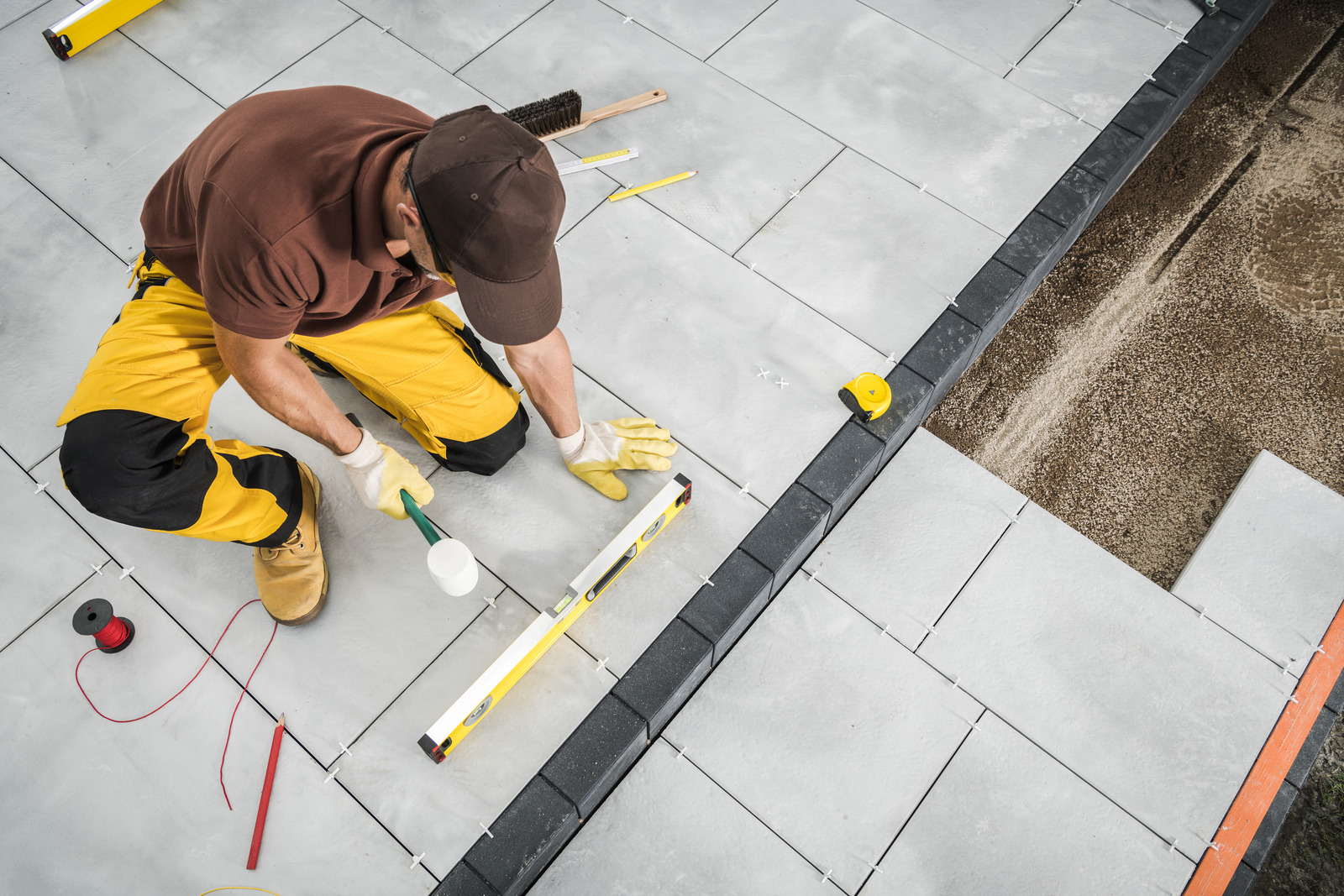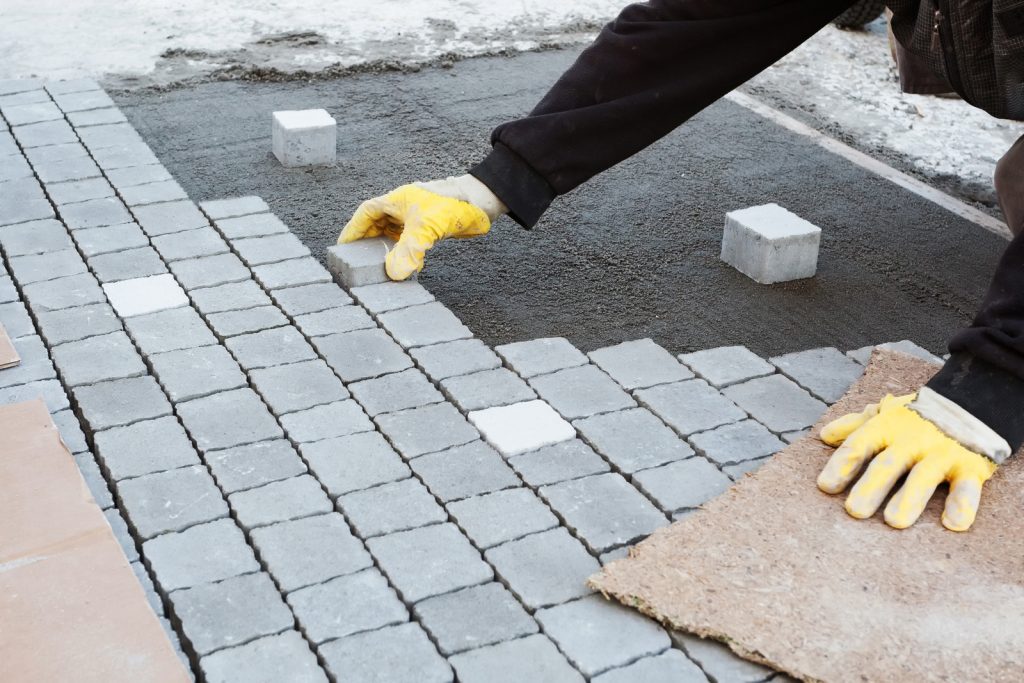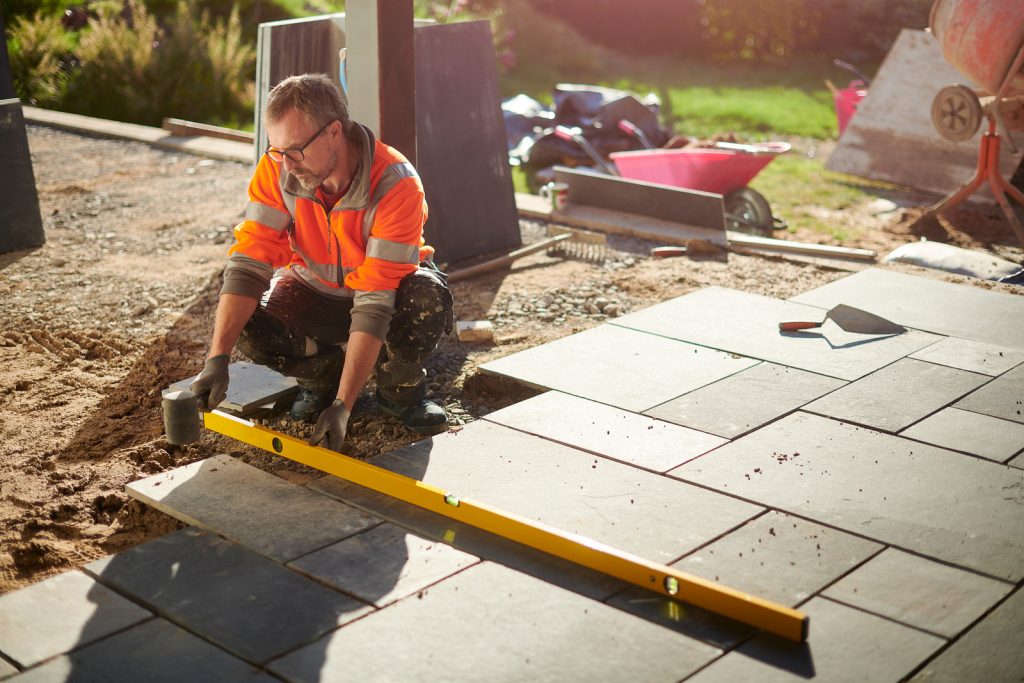Give Us A Call! : 18004767078
Give Us A Call! : 18004767078


Your patio is an extension of your house where you congregate with loved ones, enjoy the beauty of the outdoors, and decompress after a demanding day. It’s more than just an outside area. But over time, deterioration may take its toll and necessitate patio repairs. Don’t worry, though! You can bring back the splendor of your outdoor haven with the correct skills and equipment.
To help you enjoy your outside space to the fullest, we’ll give you vital advice and methods for successful patio repair in this article. We can handle anything, from determining the extent of the damage to selecting the best supplies and carrying out repairs correctly.
It’s important to determine the extent of the damage to your patio before beginning any repairs. These crucial actions will assist you in evaluating the damage:

Putting the finishing touches on your outdoor space can improve its overall appearance and foster a cosy, entertaining, and relaxing mood. The following advice will help you give your restored patio the finishing touches visually:
It’s important to take your time and prepare before beginning patio repair. Before beginning any repairs, take into account these crucial steps:
Evaluate the Damage: Start by giving your patio a full inspection to find any problems that need to be fixed. Look for any signs of water damage, unevenness, chipping, or cracks in the surface.
Identify the Work’s Scope: The kind and degree of the damage, the supplies required for repairs, and any other changes or additions you would like to make should all be considered.
Collect the Equipment and Supplies Needed: Collect all the equipment and supplies required for the repair project after you’ve determined the extent of the work.
Take into Account Environmental Factors: Environmental factors, including weather, temperature swings, and sun exposure, may impact the healing process.
Set Up the Work Area: To make the repair procedure easier, remove any furniture, plants, and other obstructions from the patio. Water off the surface or sweep it to get rid of dirt, trash, and loose items.
Your patio’s uneven surfaces are dangerous and affect its aesthetics. First, use a straight board or level to detect uneven places. After low regions are located, consider using a levelling compound to fill them in or shims to support high parts. Address drainage problems as well to avoid water pooling. Seeking expert advice is recommended to guarantee an appropriate restoration strategy. Make your outdoor area safer and more fun for entertainment and relaxation by levelling uneven surfaces.

Safety must always come first when patio repair to avoid mishaps and injuries. The following crucial safety measures should be taken into account to provide a safe atmosphere during the repair process:
Clear the Work Space: To make a clear, unobstructed workspace, remove any furniture, plants, and other obstructions from the patio. This makes moving about and accessing the repair site simpler while lowering the possibility of tripping hazards.
Put Yourself First: Put your safety first by using gloves, safety goggles, strong shoes, and the proper protective gear. To prevent inhaling airborne particles, consider donning a dust mask when working with concrete or other dusty materials.
Employ the Right Tools and Equipment: Ensure your tools and equipment are in good operating order and the appropriate tools for the job. Before using, check tools for damage or faults, and follow the manufacturer’s instructions and safety measures.
Work in a Well-Ventilated Area: Ensure enough ventilation if handling items that release dust, fumes, or odours. You can accomplish this by opening windows and doors and utilising fans to help with air circulation.
Exercise Safe Lifting and Handling: To avoid strain or injury, lift and handle large things cautiously. Employ safe lifting techniques, such as bending at the knees and maintaining a straight back, and ask for assistance from others if needed while handling heavy items.
Secure Loose Materials and Debris: Secure loose materials and debris to stop them from dropping onto adjacent surfaces or creating a trip hazard. Throughout the repair procedure, keep the work area neat using tarps or bins containing debris.
When using power tools or equipment, watch for potential electrical hazards and take the necessary safety measures to avoid electric shocks or fires.
Observe Manufacturer Guidelines: Read and abide by the manufacturer’s safety instructions and guidelines for all items and materials used in the repair process.
To avoid mishaps or injuries:
When to Seek Professional Assistance: Be bold and ask for professional help if you have problems or need clarification on how to carry out repairs securely.
Proactively guaranteeing safety safeguards you and others and enhances the effectiveness and triumph of the restoration endeavour.
In conclusion, successfully repairing your patio can revitalize your outside space. It’s a task that has benefits and drawbacks. You’ve learned a lot about evaluating damage, making wise plans, and carrying out repairs accurately by heeding the advice and methods in this tutorial. Your patio is more than a useful area—it’s a place where people gather to laugh, create memories, and unwind. So seize the chance to give your patio a fresh coat of paint and let the makeover commence.
![]()
Contact Number
18004767078
![]()
Email ID
[email protected]